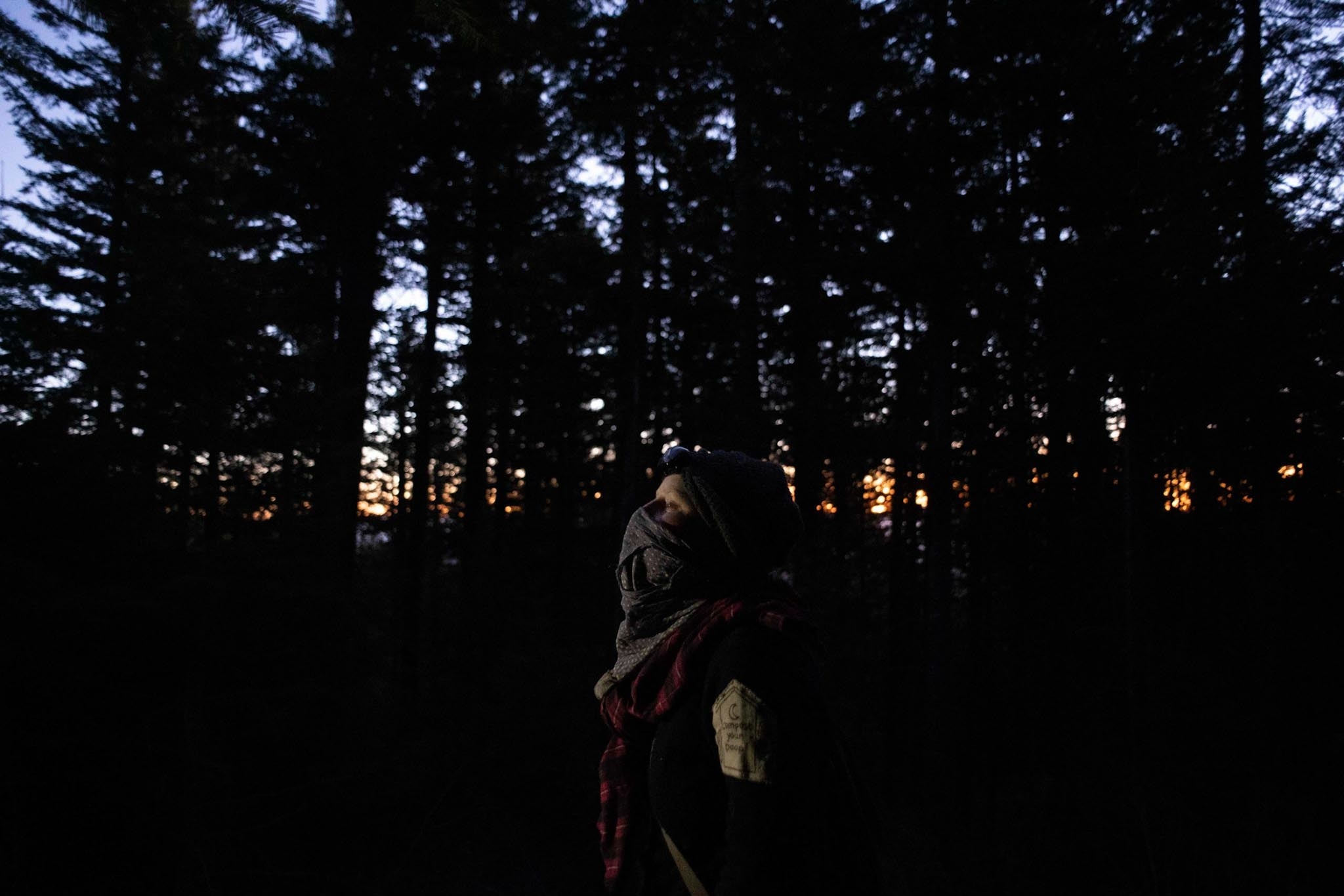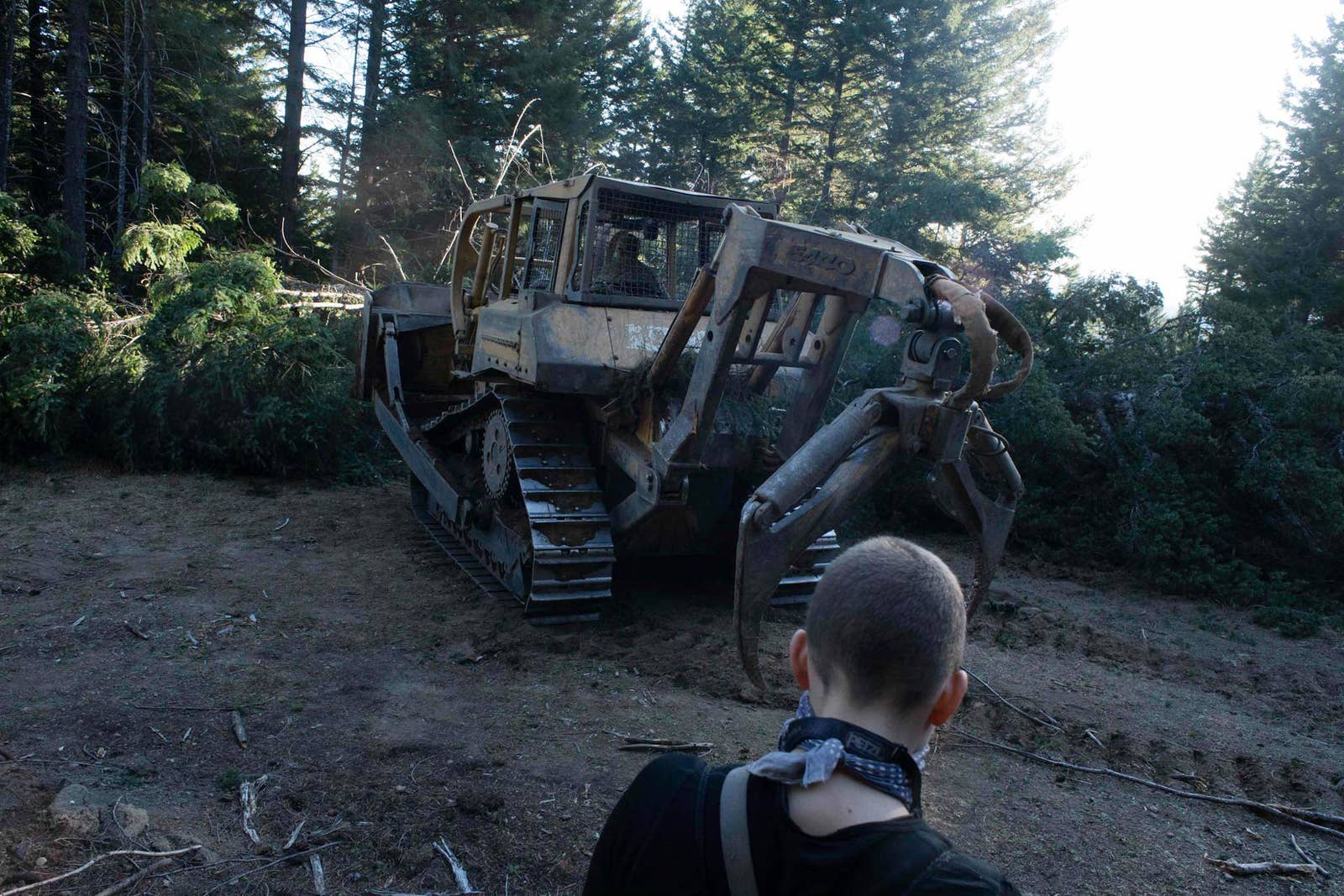
In the forests of Northern California, near the Lost Coast, photographer Cristian Caceres Granda spent over a year documenting the long-running standoff between activists living in the trees and the multimillion-dollar company that wants to chop them down.
The direct-action protest in Rainbow Ridge has since ended, but activists at Strawberry Rock have continued their treetop vigil despite wildfires and the pandemic, with the intent of stopping the destruction of several acres of forest.
"I was really impressed at the commitment of activists to go into the forest with tattered boots to hike for the whole night in a hustle, and how much they will put scarce resources, including their bodies, on the line to protect the environment," Granda told BuzzFeed News.
He started documenting the standoffs in the spring of 2019 at Rainbow Ridge, where activists loosely affiliated with Earth First, an environmental group, were mostly occupying redwoods that the Humboldt Redwood Company intended to log.
"There’s certainly a lot of intensity in it — when they hike in, it's almost always at night. There are a few routes that they can take, and there is a lot of distance between people so that they don’t make a lot of noise and can hear the sound of a truck,” Granda said. “If they hear something, they’ll do a ditch, where they jump into the trees, which is almost like a cliff, to avoid being found."

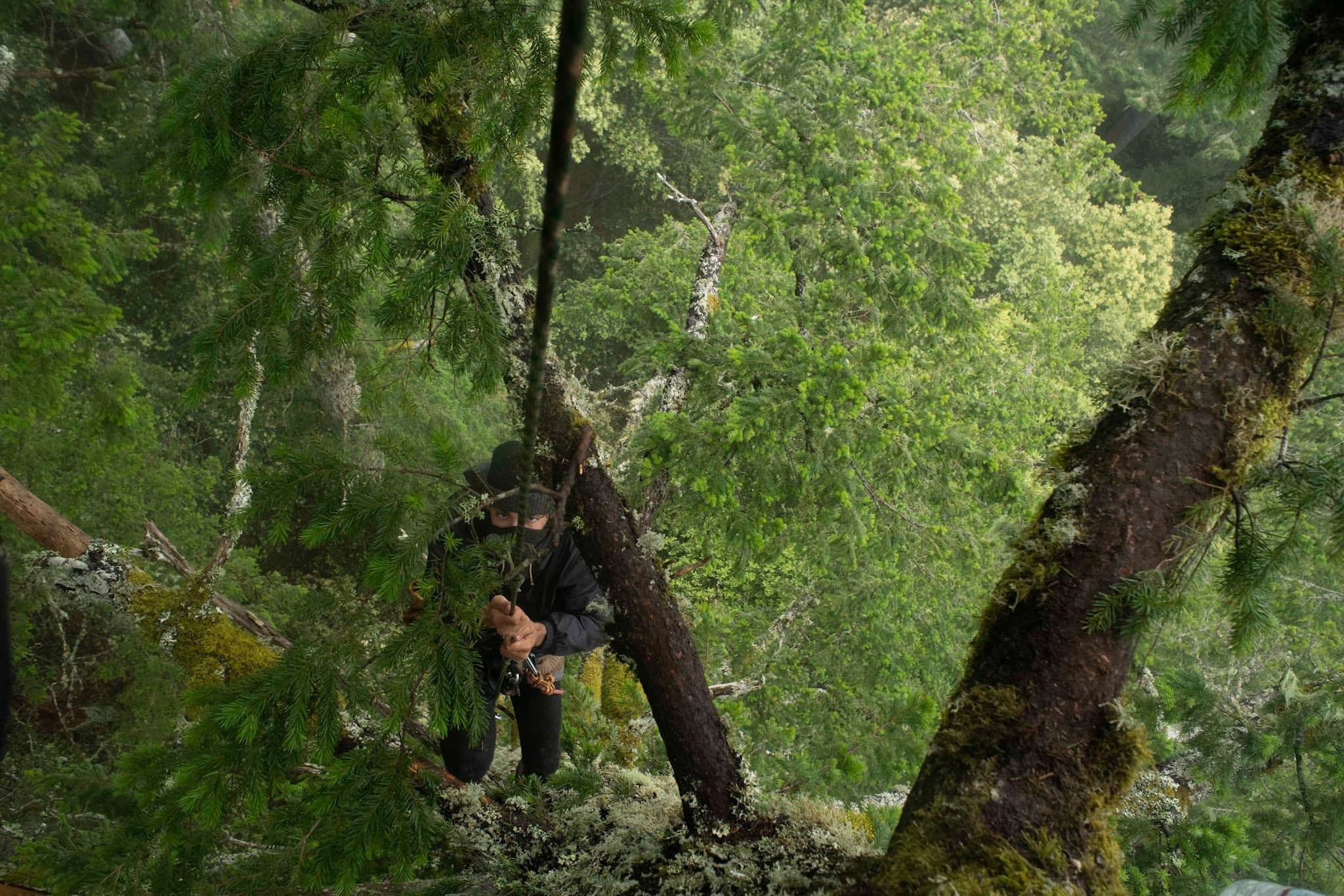
A spokesperson for the Humboldt Redwood Company, John Andersen, encouraged activists to instead reach out for a tour of the property.
"If they have interest in our property, I would encourage them to reach out and arrange for a tour for everybody's safety, it's quite frankly the best way for us to talk,” Andersen said. “The unsafe way is to trespass and get into a tree.”
The tree-sitting process often follows this path: After hiking in, activists will set up a platform in a tree, sometimes linking several trees together via rope traverses that can be used to travel between platforms and make it more difficult to fell the trees. Volunteers hike in with supplies or to relieve people in the trees so that a constant presence can be maintained.
"We pick trees that are in the paths of roads, both of these units we’re in are actively blocking road construction,” an activist with Redwood Forest Defense who agreed to only be identified as Nadir told BuzzFeed News in a phone interview. Nadir is currently occupying a tree at Strawberry Rock where Green Diamond Resource Company has a logging lease.
“Roads provide a timber company entry into an area, and they are permanent — once the road is built, to actually decommission it is a whole process, which the companies don’t usually actually do."
One activist with Earth First who goes by Rook spent over two months in a tree on Rainbow Ridge in an effort to block a road and save a tree section from logging.
"Within the first week of that tree-sit, they hired an arborist to come out and climb up, and while I was trying to defend the tree-sit, he cut down my food and water and dropped most of my gear, and was using a chainsaw to cut off branches surrounding me,” Rook told BuzzFeed News in an interview.
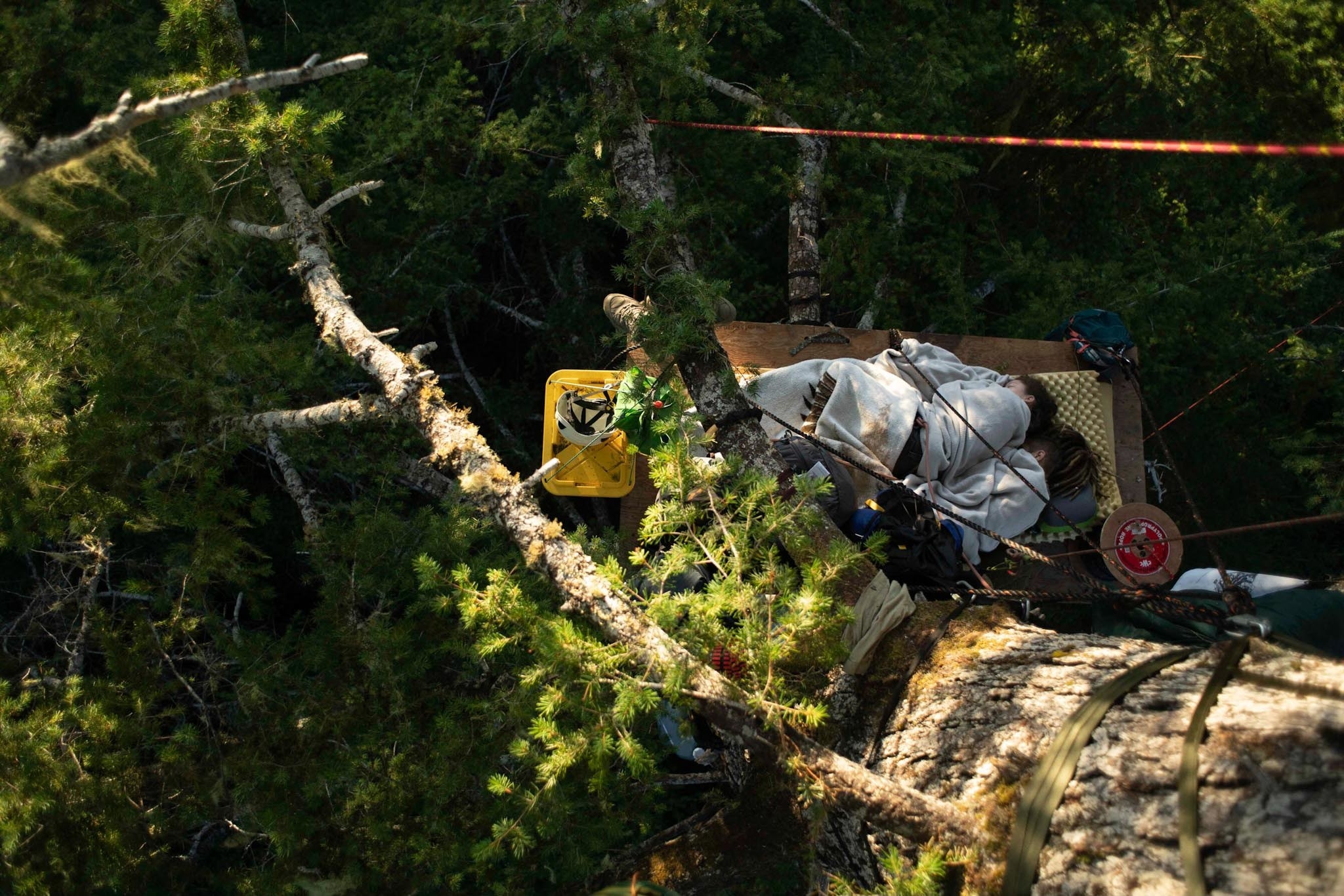

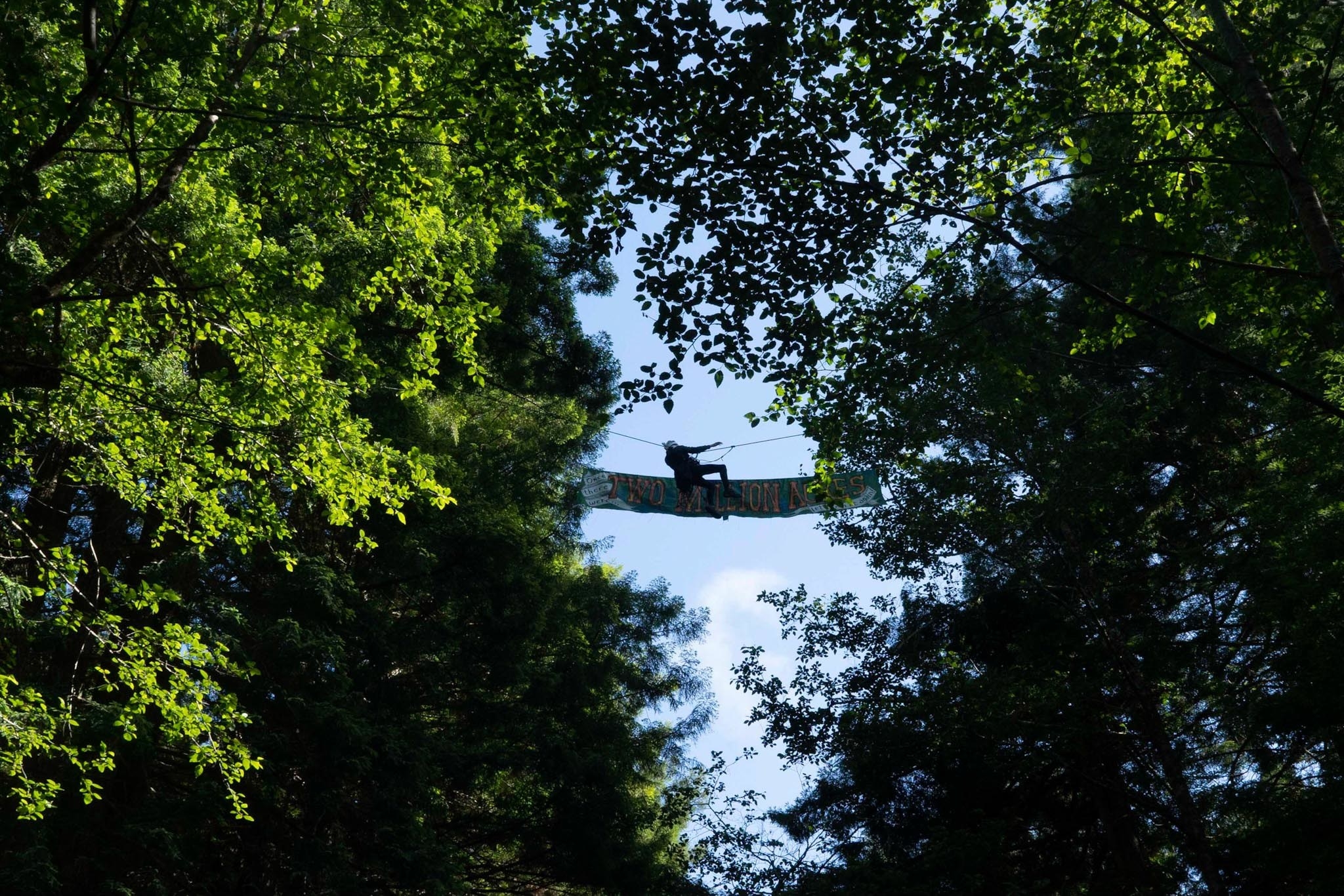
Tree-sitting has been happening for generations. Julia Butterfly Hill famously sat in a tree for two years in the late 1990s to draw attention to redwood logging.
"There are definitely elders to the movement who bring input, or to carry out actions they feel comfortable with,” Granda said. “Because they are older, they know that the police will not be as hard on them, as opposed to if someone younger did that."
The mere presence of the activists can delay logging for months or years. At Strawberry Rock, the logging company Green Diamond stopped operations in the area in mid-September and a spokesperson for the company said that at no point did they attempt to remove protesters from the trees and stressed the importance of safety. The company was informed of the tree-sit locations early in its operations but has not been monitoring the sites.
Other logging companies, including Humboldt, have hired security teams in the past to provide a buffer between their workers and activists. Within all this, there is a certain level of suspicion among the activists when it comes to outsiders. Numerous precautions are taken to protect identities, including using code names in the forest, and not all activists are keen on the media.
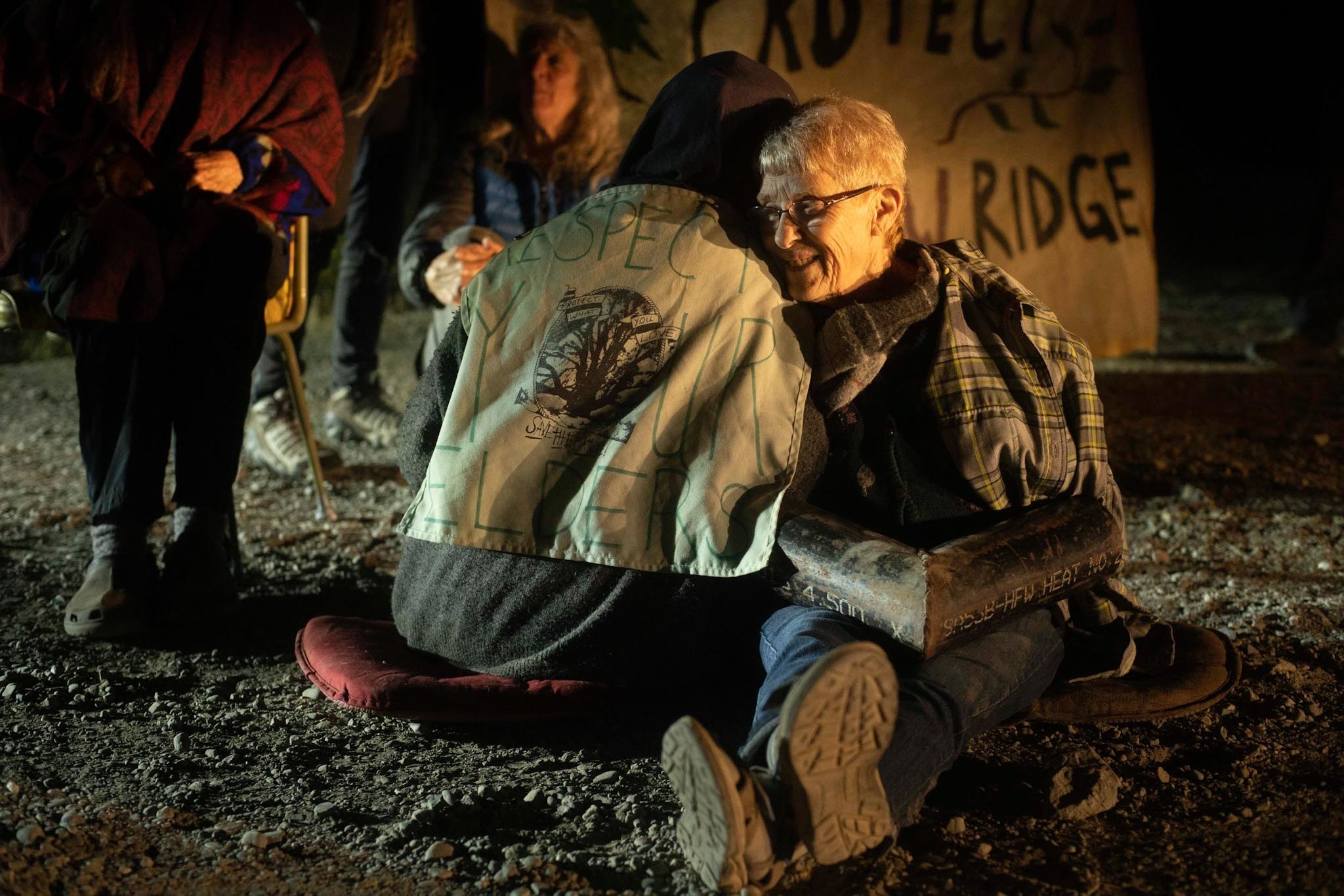

"I always get permission before showing faces,” Granda said. “Over time, that worked out really well. I started photographing fairly fast, but I would always ask every time I brought out the camera. People were very guarded."
Despite the hesitation, the anti-logging movement is well known in the wider activist community, and often relies on it for support, working with other groups to buy time for other legal proceedings.
"Redwood Forest Defense is a direct-action group, but there are other groups in the area that are working on defending through other means, through litigation and land acquisition," said Nadir, the activist in a tree-sit at Strawberry Rock.
Nadir acknowledged that the bureaucratic process involved with timber permits makes it nearly impossible to save trees merely by sitting in them, but hopes that their actions can limit logging to buy time for other, more permanent solutions.
The long-term efforts may pay off.
"We are working closely with a local land trust to develop a 45 acre conservation easement that will include Strawberry Rock, a 24 acre grove of redwood, and a permanent public access trail to the rock," a spokesperson for Green Diamond said in a statement to BuzzFeed News.
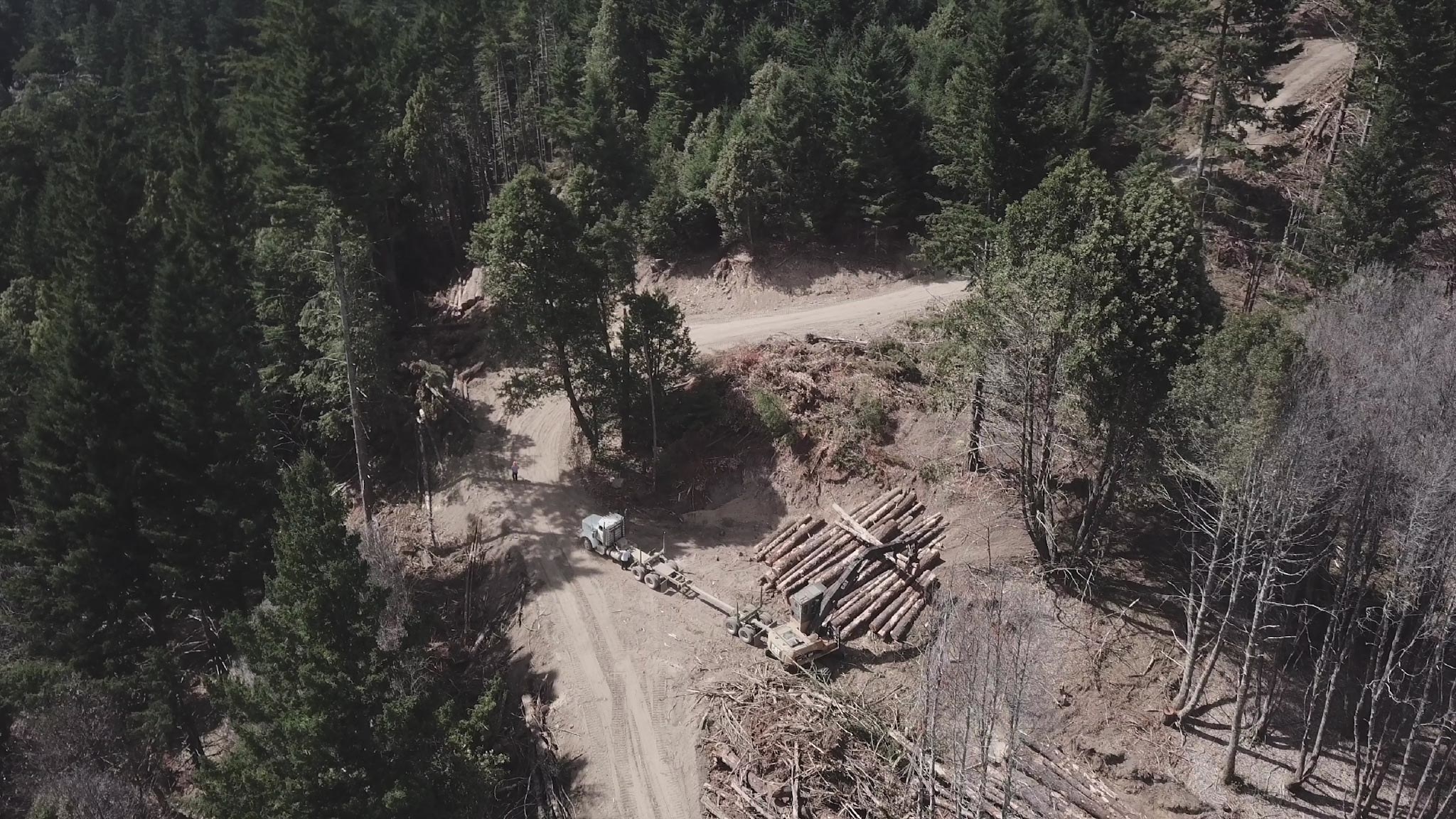
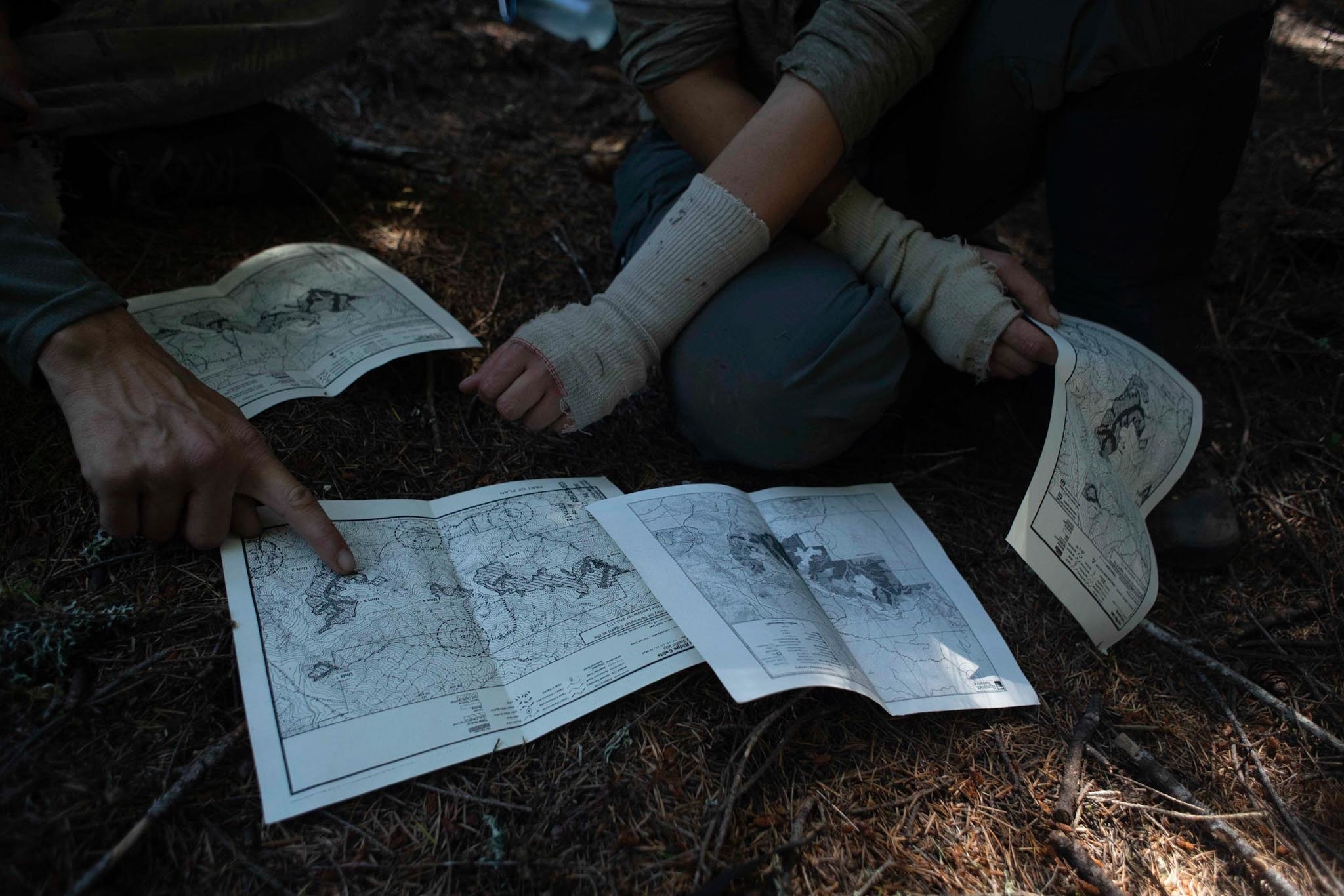
Elsewhere in the Mattole Valley, collective activism from the community and direct-action groups has resulted in the eligible logging area being reduced, according to a letter sent by the company's CEO Sandy Dean to the cofounder of the Lost Coast League, another old-growth conservation group.
At Strawberry Rock, activists are working with local Indigenous leaders to ultimately return the land now owned by the timber company to the local Yurok people, who see the area as culturally significant.
"It's cool to be a part of something that has been going on for decades in this area," Nadir said.

